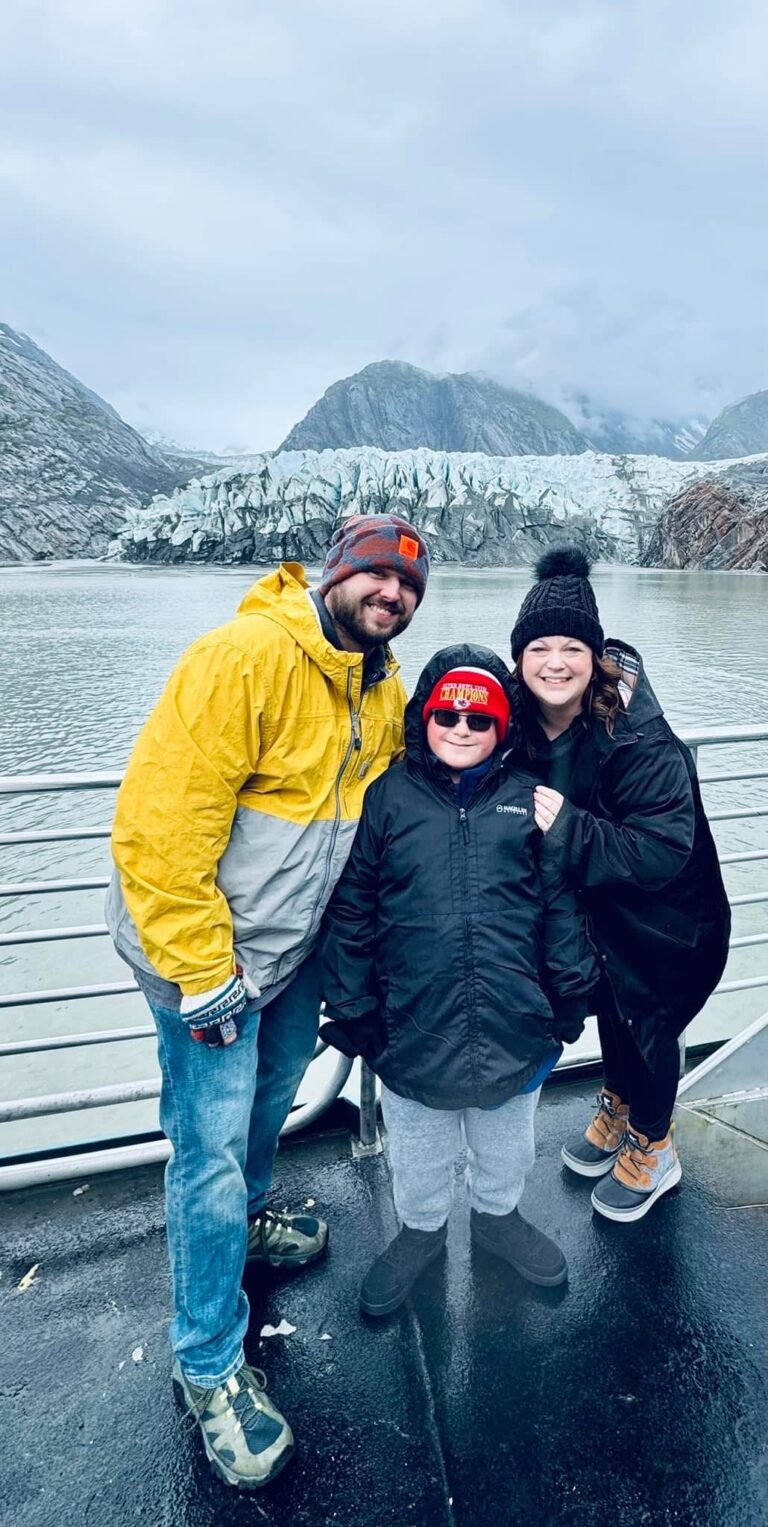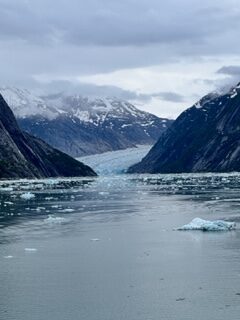Overview
Introduction
White Mountain National Forest holds the highest concentration of New Hampshire's scenic beauty. This preserve is huge—763,000 acres/308,900 hectares in New Hampshire and 45,000 acres/18,220 hectares in Maine—and includes several of the northeast's highest peaks. Below the summits lie hiking trails (1,200 mi/1,930 km worth), lakes and ponds, streams for fishing, and thundering waterfalls (including Glen Ellis Falls and the Crystal Cascade). Wildlife includes bears, moose and deer. Campsites are available.
Clustered in White Mountain National Forest are some of New England's finest ski resorts. Although they're not as extensive as resorts in the western U.S., they are popular with New Englanders who don't want to travel far from home (especially Bostonians). Waterville Valley has 52 trails carved out of two adjacent mountains (Snow Mountain and Mount Tecumseh). More than half of the runs are geared for the beginner or intermediate skier. Some of the favorites include the 3-mi-/5-km-long Mount Tecumseh Trail and Bobby's Run, a challenging trail with a steep slope. At the base of the mountain, skiers can take the free shuttle bus back to the village, where lodges, condominiums, restaurants and shops are available.
North of Waterville Valley is Loon Mountain, a busy resort set on the east branch of the Pemigewasset River at the edge of a spectacular wilderness region. Its 45 trails are wide and well-groomed. Except on a few expert runs, most of the moguls have been carved away, creating great skiing for the intermediate and novice. The North Peak, with its more challenging terrain, is served by a 7,000-ft/2,134-m four-passenger gondola that shuttles skiers to the summit in record time. There is also a large equestrian center, offering a variety of horseback rides throughout the area.
You can see many of the White Mountain area's other popular scenic attractions by taking a driving tour. Heading north for an hour on Interstate 93 from Concord will get you to the edge of the forest (though you may want to stop in Plymouth for a visit to the Polar Caves and Hanging Boulder, a rock that seems to be suspended in air). Continue on to North Woodstock, where you can take the half-hour ride on the White Mountain Central Railroad geared toward children, with its 2.5-mi-/4-km-long scenic excursion that leaves from Clark's Trading Post. If you're traveling with children, you may want to hang around at the Trading Post to see one of the trained-bear shows, several quirky museums, amusements and odd characters such as the Wolfman—who will likely appear along the train route.
If you have time, drive 6 mi/10 km west to Kinsman Notch. There, the Lost River meanders through the glacial depressions and caverns and ends at Paradise Falls (walk the trail that takes you through some of the caves). If panning for gold is your thing, follow Route 112 to the Wild Ammonoosuc River.
Back in North Woodstock, head north again on I-93 to The Flume, an impressive natural gorge (open May-November only) reached via a short bus ride and walk (there is some stair climbing involved). A hiking trail is available. The area is at its most beautiful during the fall.
As you head north, your next stop is at Franconia Notch, which has a number of scenic areas. Be sure to see The Basin (a deep glacial depression) and Indian Head (a rocky formation that has seen renewed interest since the demise of the Old Man of the Mountain). Franconia Notch State Park offers hiking, swimming, boating, camping, fishing, picnicking, a scenic road and (in winter) downhill skiing. A little farther north is the site of the famous natural granite formation, the Old Man of the Mountain, which collapsed in May 2003. The outcropping inspired Nathaniel Hawthorne's short story The Great Stone Face. Nearby, the Cannon Mountain Aerial Tramway ascends through remarkable mountain and valley scenery. There's also the state-run Cannon Mountain Ski Resort, where Olympic medalist Bode Miller learned on the slopes, as well as the New England Ski Museum.
Continuing north on I-93, you'll head out of the national forest and reach the town of Franconia. There, you can see the home that Robert Frost lived in after his return from England just before World War I. There are displays of Frost's poetry along with memorabilia and a tour of the farmhouse, which dates to the 1800s. A visit there makes a good companion to the Frost Farm in Derry.
Your next major stop is Mount Washington, the tallest mountain in the northeastern U.S. and a peak known for its extreme weather: Winds of 231 mph/372 kph have been recorded at the summit. To get there, drive I-93 South from Franconia to Highway 3 and go northeast. Pick up Highway 302 heading toward Bretton Woods. Nearby is the starting point for the Mount Washington Cog Railway, which operates mid-May to early November (when it's called The Snowflake Express). The world's first cog railway (the steam-driven locomotives have a cogged center wheel) was built in 1866 and climbs a steep, 37-degree grade. It's not a quick trip (about three hours), but it is scenic.
If you want to drive up Mount Washington rather than ride the cog railway, you'll have to approach on a different route. At the intersection of Highways 3 and 302, go north on 3, then pick up Highway 115 to Highway 2. Go east to Gorham, and a few miles/kilometers to the south you'll find the Mount Washington Auto Road. Be aware that it's slow going, and the driving is a little tricky. Put your car in a low gear when driving down the mountain: The road is so steep, you can burn up your brakes if you don't use the gears to slow the car—but at the end you will get a bumper sticker that tells the world "This Car Climbed Mt. Washington."
Those who opted for the cog railway should head south on Highway 302 to Crawford Notch. It was the scene of an 1826 landslide that killed a family but left their house standing, an event that inspired Nathaniel Hawthorne's story The Ambitious Guest. While you're in the area, be sure to see Arethusa Falls, one of the state's highest, and the Silver and Flume Cascades, which tumble impressively down Webster Mountain.
Highway 302 takes a bend to the east at Bartlett and takes you close to Echo Lake State Park, a mountain-rimmed body of water that's famous—as you might guess—for its echoes. Skiers may want to stay at Attitash Bear Peak, a large winter resort with challenging terrain. Those who prefer fantasy to natural history can head to Story Land (open Memorial Day-Columbus Day), an amusement park where children can meet Cinderella, Heidi's grandfather and other famous fairy-tale characters. Nearby Jackson is New Hampshire's finest cross-country skiing destination, with many, many miles/kilometers of scenic trails. The town itself is lovely—and a favorite spot for antiques shoppers and covered-bridge enthusiasts.
Head south on Highway 16 to North Conway. If you haven't already had your fill of train trips, consider taking the Conway Scenic Railroad—it's a fun, 11-mi/18-km ride through the Mount Washington Valley on a full-size vintage steam or diesel train (running April-December).














































